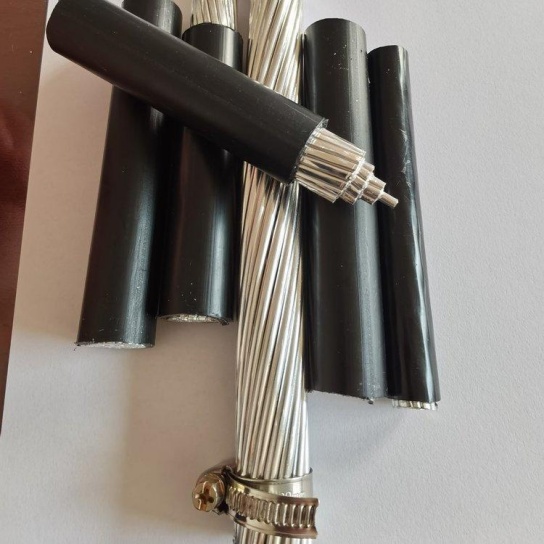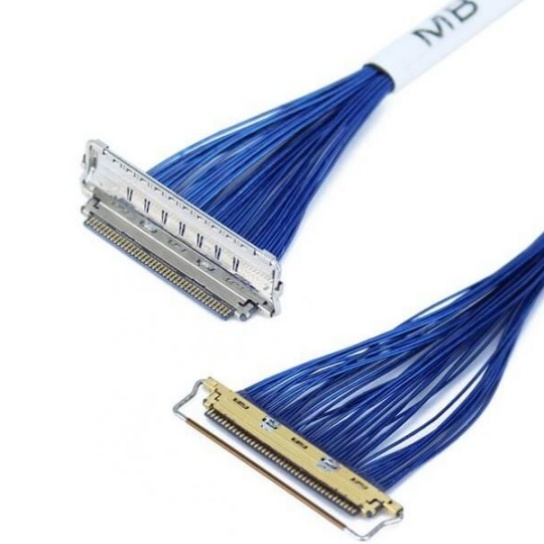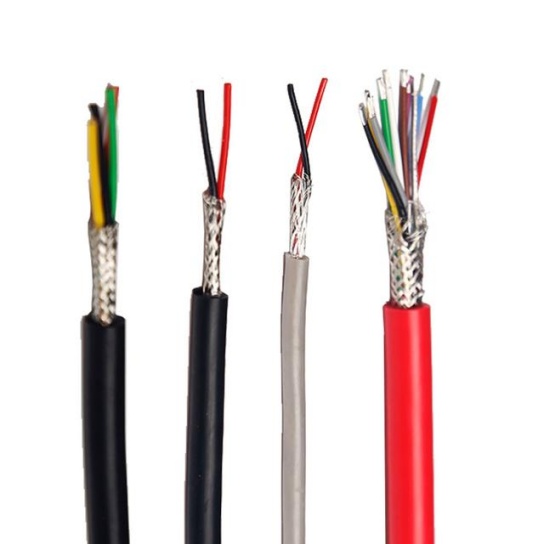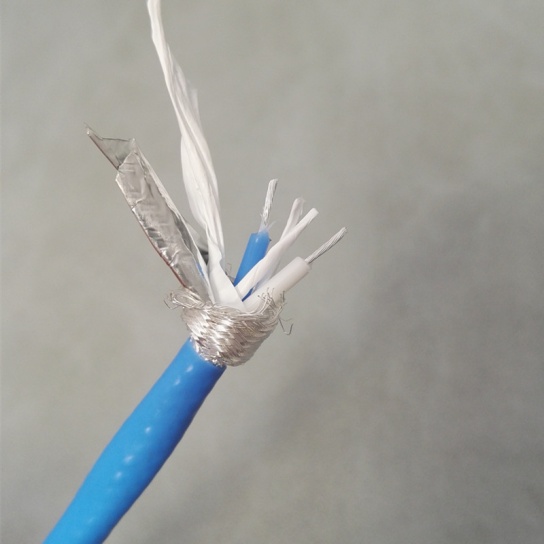Aircraft Cable Assemblies: The Backbone of Aircraft Electrical Systems
In the complex ecosystem of an aircraft, every electrical component—from flight control systems and avionics to lighting and passenger entertainment—relies on a silent yet critical infrastructure: aircraft cable assemblies. Far more than simple wires, these assemblies serve as the “backbone” of aircraft electrical systems, ensuring uninterrupted power transmission, accurate signal relay, and resilience against the harshest airborne conditions. For aerospace engineers, maintenance teams, and procurement specialists, understanding their role, specifications, and performance requirements is essential to safeguarding flight safety and operational efficiency.
1. Core Functions: Why Cable Assemblies Are Indispensable
Aircraft cable assemblies are designed to solve three critical challenges unique to aerospace environments, making them irreplaceable in electrical systems:
a. Reliable Power Distribution
Aircraft require consistent power to operate life-critical systems (e.g., hydraulic pumps, anti-icing systems) and secondary components (e.g., cabin pressurization). Cable assemblies, with their rugged conductors and insulation, deliver power from engines or auxiliary power units (APUs) to endpoints without voltage drops or overheating. Unlike standard industrial cables, they are engineered to handle variable load demands—for example, sudden power surges during takeoff or reduced output during cruising—while maintaining stability.
b. Precision Signal Integrity
Avionics systems (radars, GPS, communication radios) depend on error-free signal transmission to ensure accurate flight data and crew-ground communication. Aircraft cable assemblies minimize electromagnetic interference (EMI) and radio frequency interference (RFI) through specialized shielding (e.g., braided copper, aluminum foil) and twisted-pair conductor designs. This prevents signal degradation, which could lead to misreadings of altitude, speed, or weather data—risks that compromise flight safety.
c. Environmental Resilience
Aircraft operate in extreme conditions: temperature fluctuations (-65°C to 150°C), high humidity, vibration, and exposure to fuels, oils, and hydraulic fluids. Cable assemblies are built with aerospace-grade materials to withstand these stressors:
- Insulation: Fluoropolymer (e.g., PTFE) or cross-linked polyethylene (XLPE) materials resist chemical corrosion and prevent short circuits.
- Jackets: Flame-retardant, low-smoke, zero-halogen (LSZH) compounds reduce fire risk and toxic fume emission in case of emergencies.
- Mechanical Strength: Reinforced conductors (e.g., tinned copper strands) endure continuous vibration during flight without fatigue or breakage.
2. Manufacturing Standards: Ensuring Aerospace-Grade Quality
The aviation industry’s strict safety regulations mean aircraft cable assemblies must meet global standards to be certified for use. Compliance with these standards guarantees consistency, reliability, and traceability—critical for avoiding costly recalls or accidents:
- SAE International: Standards like SAE AS3191 (fluoropolymer-insulated wires) and SAE AS50881 (cable assemblies for harsh environments) define material specifications and performance tests.
- ISO: ISO 19642 specifies requirements for aerospace cable assemblies, including mechanical durability and environmental resistance.
- FAA & EASA: Regulatory bodies mandate rigorous testing (e.g., thermal cycling, voltage withstand, flame resistance) to ensure assemblies meet airworthiness criteria.
Reputable manufacturers also implement lean manufacturing processes and traceability systems, allowing every component (from conductors to connectors) to be tracked back to its source—an essential feature for maintenance and fault diagnosis.
3. Design Considerations for Customization
No two aircraft (e.g., commercial airliners, military jets, helicopters) have identical electrical needs, so cable assemblies often require customization. Key design factors include:
- Weight Optimization: Reducing weight is critical for improving fuel efficiency. Manufacturers use high-strength, lightweight materials (e.g., aluminum conductors instead of copper for non-critical systems) and compact connector designs to minimize mass without sacrificing performance.
- Space Constraints: Aircraft electrical bays and wiring harnesses have limited space. Assemblies are designed with flexible routing options and low-profile connectors to fit tight spaces while maintaining accessibility for maintenance.
- Maintenance Ease: Modular designs (e.g., plug-and-play connectors) allow quick replacement of faulty sections, reducing aircraft downtime—a priority for airlines and military operators.
4. FRS: Your Trusted Partner for Aerospace-Grade Cable Assemblies
When it comes to aircraft cable assemblies, precision, reliability, and compliance are non-negotiable—and FRS delivers on all fronts. As a leading manufacturer with decades of aerospace experience, FRS specializes in:
- Custom Solutions: Tailoring cable assemblies to meet the unique needs of commercial, military, and general aviation platforms, from material selection to shielding and connector integration.
- Global Compliance: Adhering to SAE, ISO, FAA, and EASA standards, with every assembly undergoing rigorous testing to ensure airworthiness.
- Quality Assurance: Implementing strict quality control processes, from raw material inspection to final assembly, supported by full traceability for peace of mind.
Whether you’re designing a new aircraft or upgrading existing electrical systems, FRS provides the durable, high-performance cable assemblies that keep your operations safe and efficient. Partner with FRS—where aerospace expertise meets reliability.






